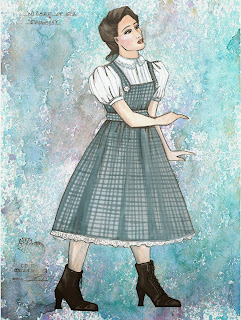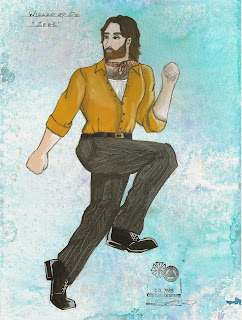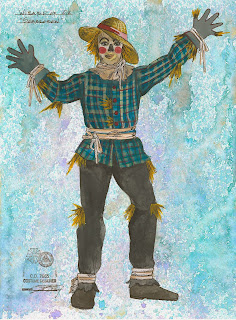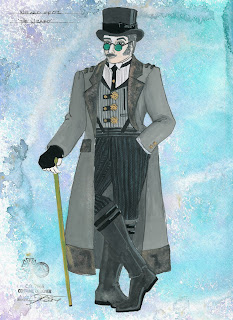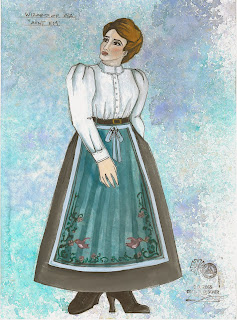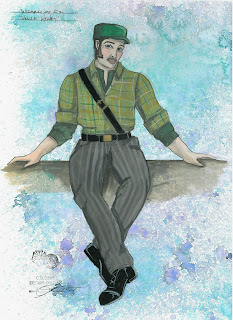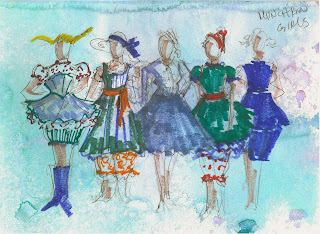Want to peek behind the wizard’s curtain? Not all wizards are humbugs, as you’ll discover when you take a look at the wizardry it takes to stage “The Wizard of Oz,” one of the most elaborate musicals the FAC will have ever produced.
The show doesn’t open until Dec. 5, but the planning started months ago, with acting auditions and art sketches and concept brainstorming.
For this particular post we want share part of the process of creating costumes that capture the energy and personality of a character.
Our wiz of a costume designer, Lex Liang, has sketched out the amazing costumes below.
“The costumes were absolutely grounded in our initial concept of staying true to the timeline of the novel’s original publishing date of 1900. Because we get to explore both Kansas and Oz, it gave us an opportunity to replicate a dusty, sepia toned look for Kansas in 1900, but also create a totally different look for Oz. My approach was to ask myself what a simple farm girl from middle America in 1900 would see as spectacular and new, colorful and flashy, yet completely acceptable…just different. I imagined Dorothy would have had this type of experience if she landed in the middle of Paris or London in the midst of the Art Nouveau or Beaux Arts movement–simply transporting her from the dusty dull world of Kansas in 1900 to the middle of a major metropolis would justify that sensibility. So most of the Oz clothes are based on couture fashions from the turn of the century, infused with multi-cultural and multi-ethnic elements from around the world at the time.
“What’s difficult about designing a new production of an iconic classic is that people come expecting to see certain characters looking a certain way. In “Oz,” it’s the blue gingham dress that has been seared into our minds by Adrian’s classic film-version costume, along with the red shoes–something that was specifically changed from the book to capitalize on the new technicolor technology. So I had to stay true to some of these images and make sure audience members quickly understood who was whom. At the same time, the aesthetic has to be cohesive. When it came to Glinda and the Wicked Witch, for instance, I played with different silhouettes and shapes, and took a lot of inspiration from French couture to establish their looks. There’s also a lot of flying involved, and as this is a dream of Dorothy’s (or is it…?), I wanted to ground the flying in things that would register with her. She talks about birds flying high over the rainbow, and so the witch costumes have a lot of bird influence–the Wicked Witch’s headpiece is completely made of feathers, as is Glinda’s gown.
Now, it’s up to FAC costume shop manager Janson Fangio to actually make them before our opening on Dec. 5!


